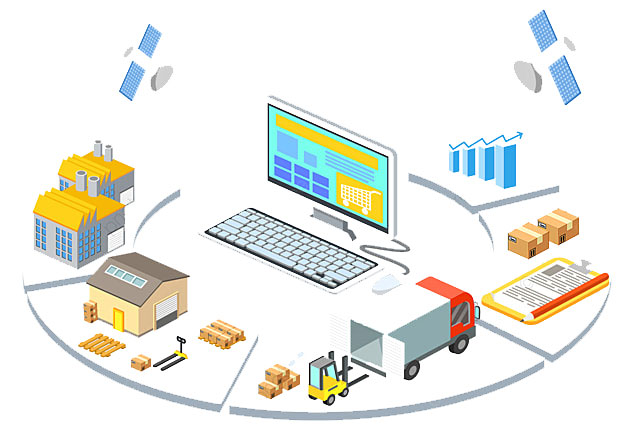Effective Supply Chain for Seamless Transport Operations
Monitor, Manage, and Optimize Your Supply Chain with Reliable Solution
In transportation software, supply chain management refers to the use of specialized software solutions to optimize and control the movement of commodities along the supply chain. Demand planning, procurement, transportation optimization, route planning, tracking and tracing, inventory management, and performance analytics are all part of it.











